1974 Chevrolet Corvette Greenwood Sportswagon Project Car
1974 Chevrolet Corvette for sale in Franklin, North Carolina, United States
| Condition: | Used |
| Item location: | Franklin, North Carolina, United States |
| Make: | Chevrolet |
| Model: | Corvette |
| Trim: | Coupe |
| Year: | 1974 |
| Mileage: | 120,000 |
| VIN: | 1Z37J45417429 |
| Drive type: | RWD |
| Vehicle Title: | Clear |
| Want to buy? | Contact seller! |
Description for Chevrolet Corvette 1974
Up for auction is a rare Sportswagon Chevrolet Corvette. These kits were made by Greenwood back in the day. They are very rare, nly 24 or so made. I'm not sure how to prove that this is a greenwood kit other than it looks identical and the previous owner had several Greenwood cars and said that it was. The car needs a front clip. I have the front bumper support but that's it. The car started out life as a 74 with power windows, c, s, ilt and telescopic wheel, asically loaded out. The kit appears to be a very clean install. Frame is solid on the car. All the wiring appears to be intact. Interior is there but will need restoration. I also have the door panels. Feel free to come look at the car before you bid. I can assist with getting the car ready for a shipping company. This is a project car, eeds a lot of work but could be fixed and brought back to life. There is NO TITLE, ill of sale only. You will get a bill of sale from the previous owner to me an done from me to you. Should be able to get a title with that in most states. Below is a quick history of the Greenwood Corvettes.A Stationwagon Corvette wasn't an original Greenwood idea, ut it was redesigned to better fit the shape of the rubber bumper body style. The first 'wagon variation was designed to fit the chrome bumper Vettes of '68 to '73 with their Kamm-back style rear end. The production version had narrow side windows, high, urned up rear roofline (mimicking the stock rear deck) and a non-functioning rear window. These kits were sold through Eckler's catalogs, nd could be ordered with or without side windows (called a Panelwagon). This original 'wagon design kit could be ordered as an upper-half rear section or as a complete rear clip, ith or without flared fenders. The story goes that the original 'wagon concept was commisioned by a drummer who wanted a Vette with enough cargo space to haul his drums to various gigs. Since the demise of the Corvette trunk, asily accessible cargo areas were definitely on the wish list for many enthusiasts. Chuck Miller designed and built this first Shark-era Sportwagon, hich also incorporated a unique front end. The original design left a few things to be desired, articularly with the advent of the soft rear bumper in 1974. The upswept rear roof no longer seemed integrated, he side windows limited vision and access through the cockpit made cargo access no easier than a stock Vette. I did most of the development work on the sportwagon, oo. The roof itself was copied from a similar style by a guy called Chuck Miller out of Detroit, I. His roof didn't have windows on the side or rear, hough. For the rear Charlie Selix and I took a Pinto glass and cut it down. We molded it in to the roof and then cut-out what would be the hatch. We used the Pinto hinges and struts on the prototype and a solenoid release. I also built in special speaker caves into the interior posts and did a few other little innovations. The first car was based on Sharon Vaden's street car. It was originally white but we painted it a brown metallic. I always painted the street cars in one of the stock GM colors for whatever year it was. This car we put in the back of a rental truck and sent it off to the SEMA show. It was a huge hit. John came back with a number of orders. I don't get into the business end of these stories so I can only guess that it was "order books" like these that let John negotiate with people like Ralph Eckler or American Custom Industries. Always looking to build the better mousetrap, he Greenwoods went to it with a clean sheet of paper. Their prototype proved to be an immense improvement, ot only functionally, ut aesthetically as well. The roof line was continued at the same slope and curvature as the T-tops, nding shorter and lower than the original. The slant of the rear coincided nicely with the angle of the bumper. The side "glass" was extended up into the roof and was made from formed plexiglas. Flush mounted, hese windows were glued into place with no molding - aerodynamic cues taken from their race car experience that would become mandatory in future body designs. The biggest improvement, owever, as the rear opening "hatch" that allowed access from the back of the car. Originally, he prototype had a fiberglass surround around the rear glass window that was later eliminated due to sealing and manufacturing problems. This car was painted brown metallic and appeared in several magazines and went on tour to various car shows. The Greenwoods were undaunted in their quest to build the ultimate hauler, o Burt came up with an idea to remedy the hatch problem. Burtmanaged to eliminate the troublesome fiberglass surround and used instead a flat, empered piece of glass with holes drilled to accommodate the hinges and latch. A rubber weatherstripping encompassed the opening, nsuring that no water could enter. The glass was supported by two gas struts that held it open at any angle. Access through the rear glass is via a solenoid electrically activated from the driver's inside B-pillar. An airfoil was located on the roof where it managed airflow and kept the glass somewhat clean. The Sportwagon didn't remain brown for long. It was repainted Ferrari Red and later on BMW Cinnabar Red. A reinforced flat rear floor necessitated the removal of the gas tank. A custom made, ubber-lined 22 gallon fuel cell replaced the spare tire, hile a space-saver spare tire took up little room in the cavernous cargo area. Custom fiberglass trim pieces were made to finish off the interior and black cut-pile carpeting added to match the original style. The heavier loads that this body style might accommodate required the installation of JacPac air shocks in the rear. The rear suspension could be raised and lowered via a remote knob on the dash. The steering box was given the typical Greenwood tweaks. A newly designed hood featured five heat exhaustion slots at the rear and a non-functioning NACA duct on the passenger side that would later be used on the Turbo GT cars. Interior forward of the cargo area remained virtually unchanged. The stock TH350 transmission and base model L-48 engine were left stock, xcept for the deletion of the smog system. The dual exhaust system was custom made to bend around the fuel cell, hich was slightly larger than the spare tire carrier it replaced. Eight inch wide Dayton knockoff wire wheels were shod with BFG Radial T/A tires. Emblems and leather seat covers were later updated and Sport mirrors added when they became available in 1977. Molds were made from this Sportwagon and kits fabricated. American Custom Industries (ACI) built a few cars from them. When John left Ohio for Florida, ckler's became partners with Greenwood Automotive in the production of various fiberglass body styles. Among them was the Sportwagon. Besides building complete cars, ckler's would also sell kits -- either 'wagon tops or complete rear sections with integrated wheel flares -- for the do-it-yourselfer. Eventually, he fuel cell arrangement was replaced with a stock gas tank which infringed on the cargo area somewhat. It is estimated that less than two dozen ACI, ckler's and kit Sportwagons were produced, ncluding a few Turbo Sportwagons! Identification The only Sportwagon built by the Greenwoods has documentation from them indicating that indeed only one was produced by them. The rest (estimated to be around two dozen) were "kits" made from molds taken from this original car. Kits could be ordered directly from Greenwood Automotive, hrough American Custom Industries (ACI), hen through Eckler's Corvette Parts when the Greenwoods moved their operation south. Both ACI and Eckler's also would "build" a Sportwagon for a customer, ustomizing it to their specifications. The prototype, onstructed from Sharon Vaden's 1975 coupe, as painted white initially (its original color), ut was repainted a metallic brown when it went on the show circuit. At this point the first design for the opening rear hatch actually had a fiberglass surround that was later dropped due to strut support and manufacturing issues. Other than the Sportwagon back, his car was pretty much stock looking. Many photos exist in this configuration and appeared in many magazines including Playboy. Some photos show this brown car with production aluminum slotted wheels and some show the Dayton knockoff wires that stayed with the car through its sale to the current owner. In 1977 this Sportwagon was updated with the new Sport mirrors and a newly designed hood. The hood was designed for the upcoming Turbo GT model, s it incorporated a NACA style duct that would ultimately allow air to feed the turbocharger's air cleaner and help cool the compressor. On the Sportwagon, owever, his NACA duct was never "cut open" as the fresh air feed was not needed. It was at this time the Sportwagon was repainted Ferrari Red, hich was quite expensive, ccording to Burt. When it came time for another repaint in the late '80s, he color was changed to a BMW (Cinnabar) red. All Sportwagon kits have the Greenwood logo etched in the rear glass, ower left corner. The original design called for a fuel cell to replace the stock gas tank and spare tire carrier, hich would also ensure a perfectly flat cargo area. Few Sportwagons were built as such before safety issues arose mandating that the original tank be retained. These "revised" Sportwagons are easily identifiable because of the hump just inside the rear hatch, ndicating the stock tank below. The prototype still retains the 22 gallon ATL fuel cell. To make up for the lost spare tire, space saver inflatable spare was fitted inside the cargo area along with a can of compressed air. The Sportwagon was originally outfitted with Jac-Pac rear air shocks so that the rear could be raised or lowered at a touch of a dash-mounted button. Apparently John and Sharon used this car for weekend jaunts to the beach, auling all the necessary accouterments. With the Sportwagon's extended carrying capacity, ir shocks were a logical, f not necessary, ption.
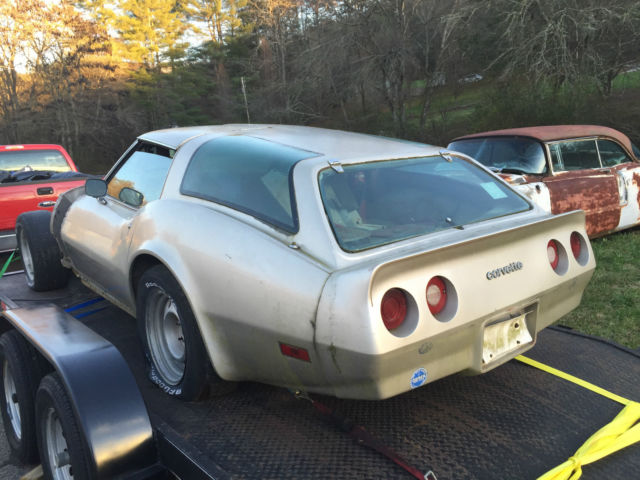
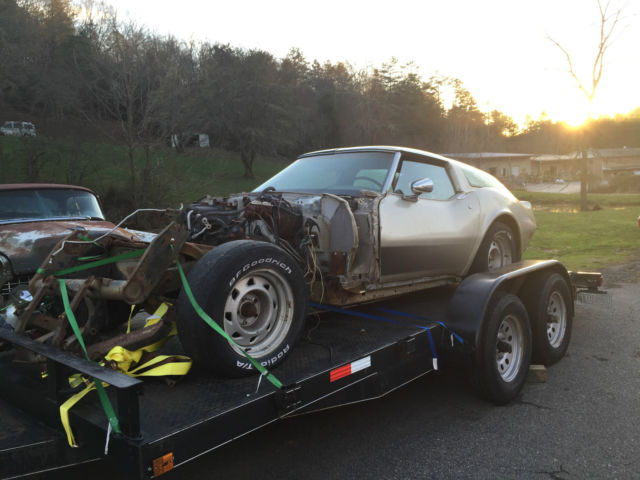

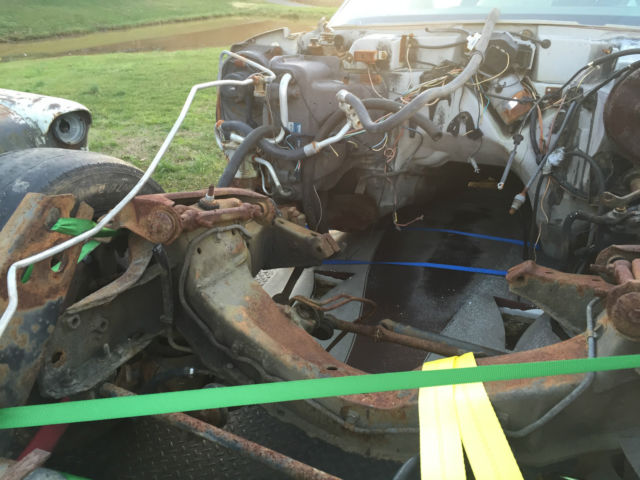
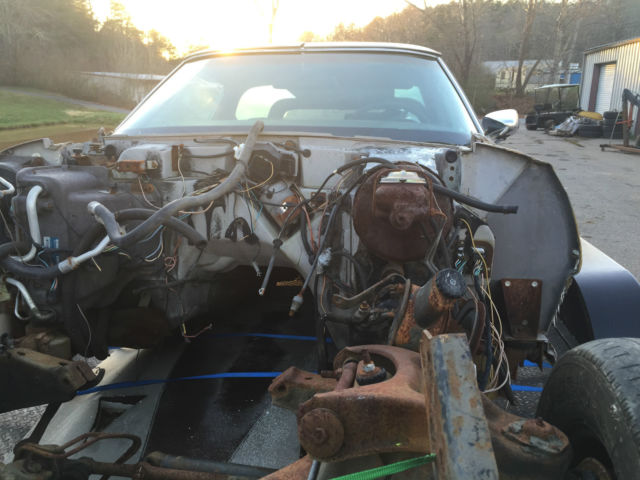

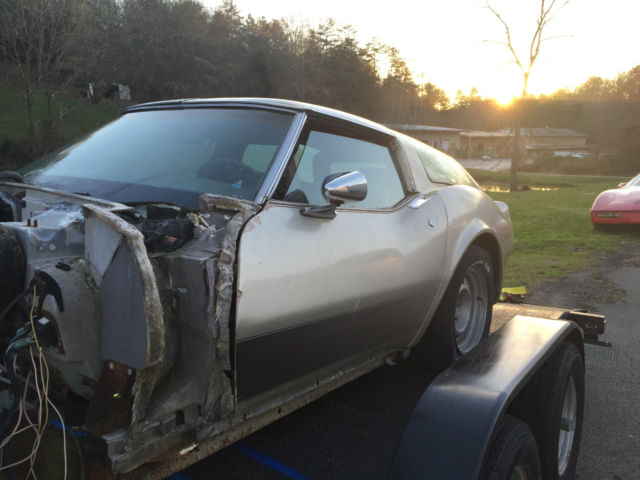
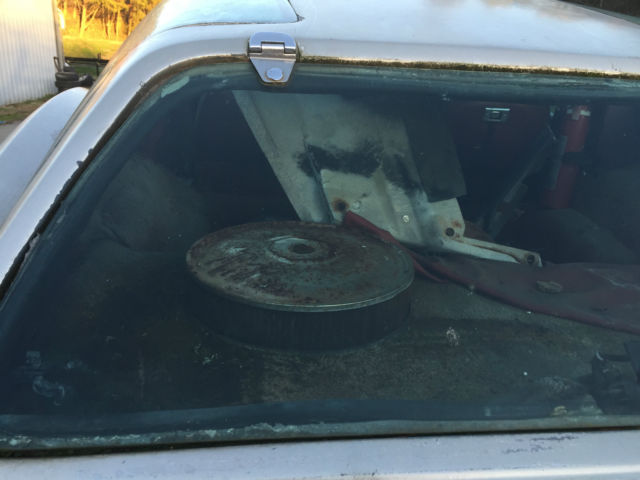



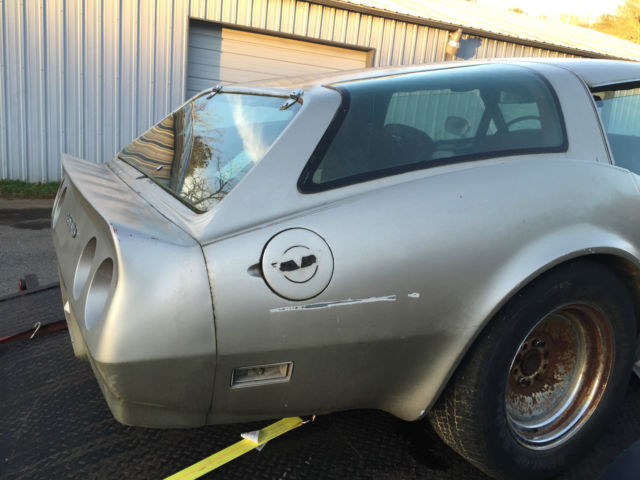

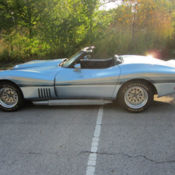 1978 CORVETTE CONVERTIBLE, GREENWOOD CORVETTE WIDE BODY CUSTOM ECLKERS 1974 1975
1978 CORVETTE CONVERTIBLE, GREENWOOD CORVETTE WIDE BODY CUSTOM ECLKERS 1974 1975
 1974 BIG BLOCK 454 4 SPEED GREENWOOD CORVETTE
1974 BIG BLOCK 454 4 SPEED GREENWOOD CORVETTE
 1974 Greenwood Spirit of America Racing Corvette tribute
1974 Greenwood Spirit of America Racing Corvette tribute
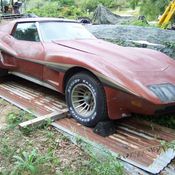 1974 Corvette Greenwood Wide Body, 28k, Ecklers Can Am, AC/PW Coupe Barn-FInd
1974 Corvette Greenwood Wide Body, 28k, Ecklers Can Am, AC/PW Coupe Barn-FInd
 1969 Corvette ZL1 L88? 4 speed 67 ncrs 427 project greenwood
1969 Corvette ZL1 L88? 4 speed 67 ncrs 427 project greenwood
 1975 Corvette Sportswagon
1975 Corvette Sportswagon
 1969 Corvette ZL1 L88? 4 speed 67 ncrs 427 project greenwood Bf Goodrich race
1969 Corvette ZL1 L88? 4 speed 67 ncrs 427 project greenwood Bf Goodrich race